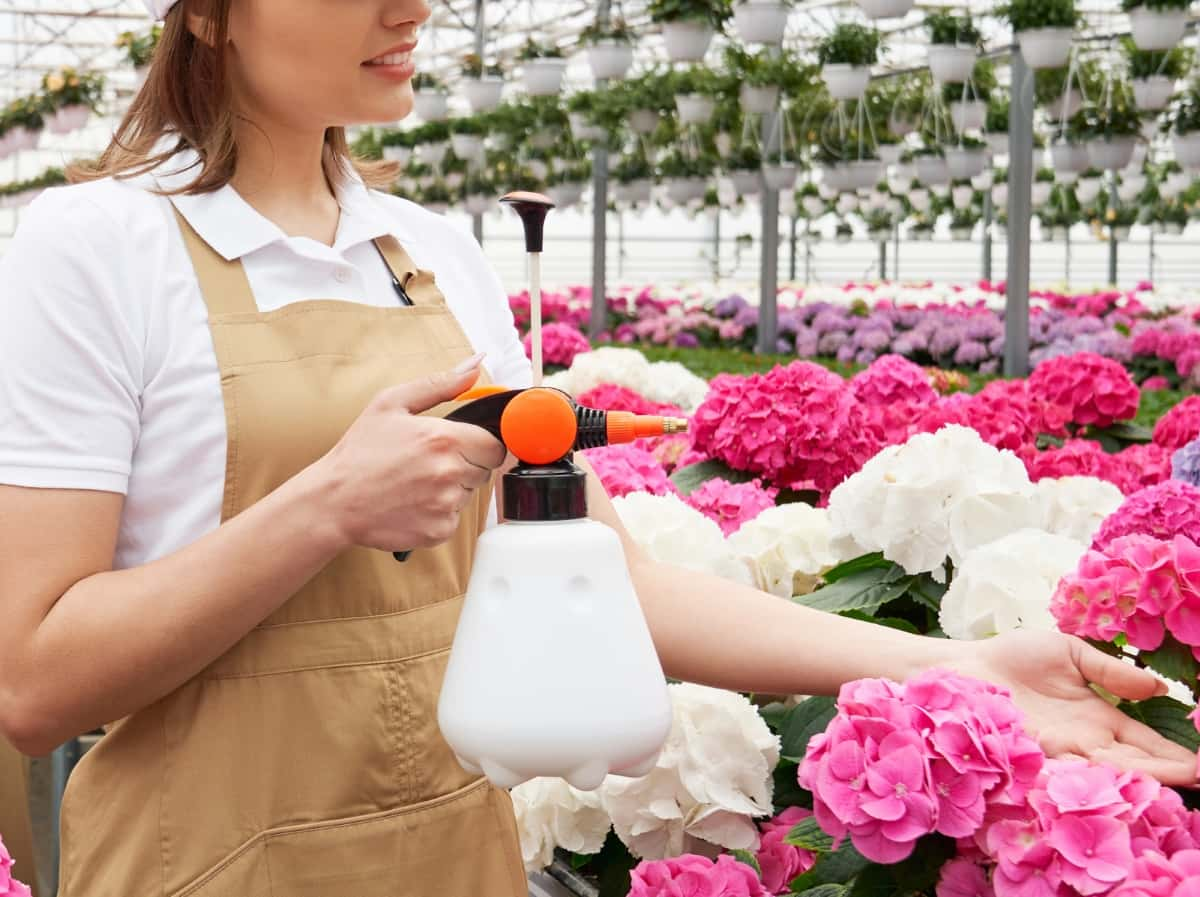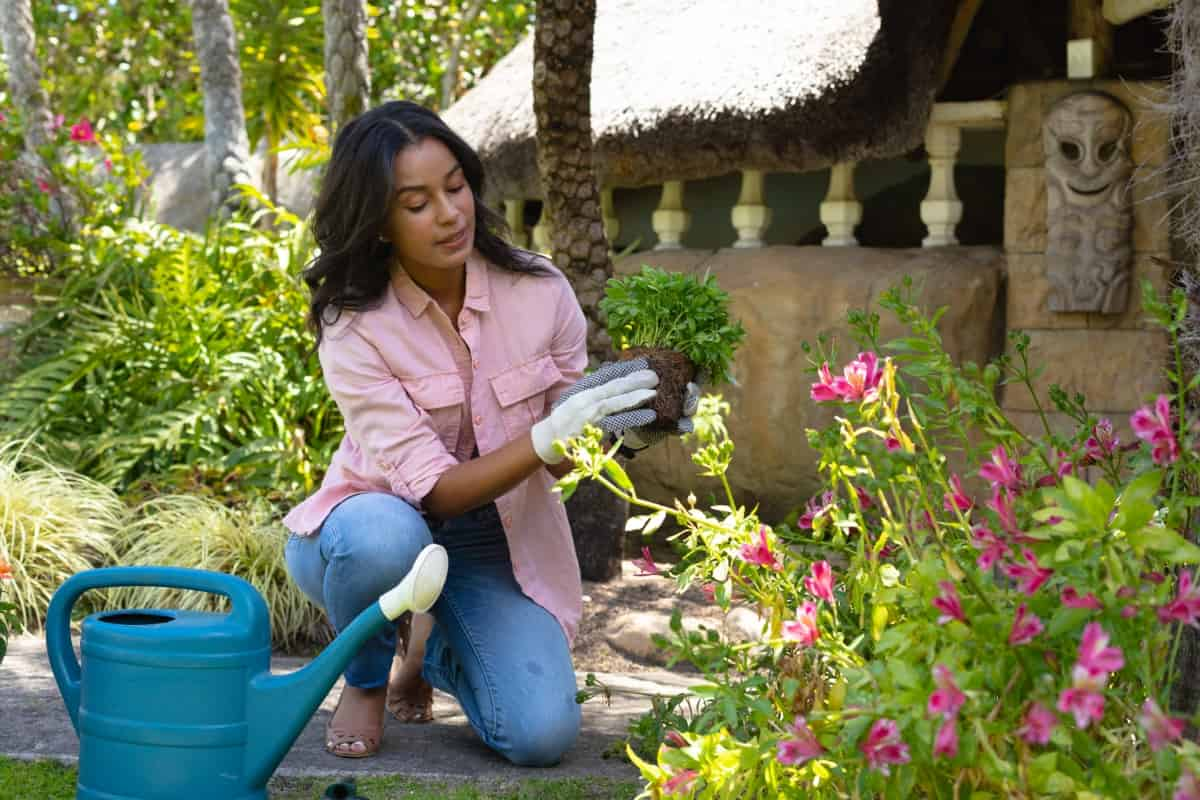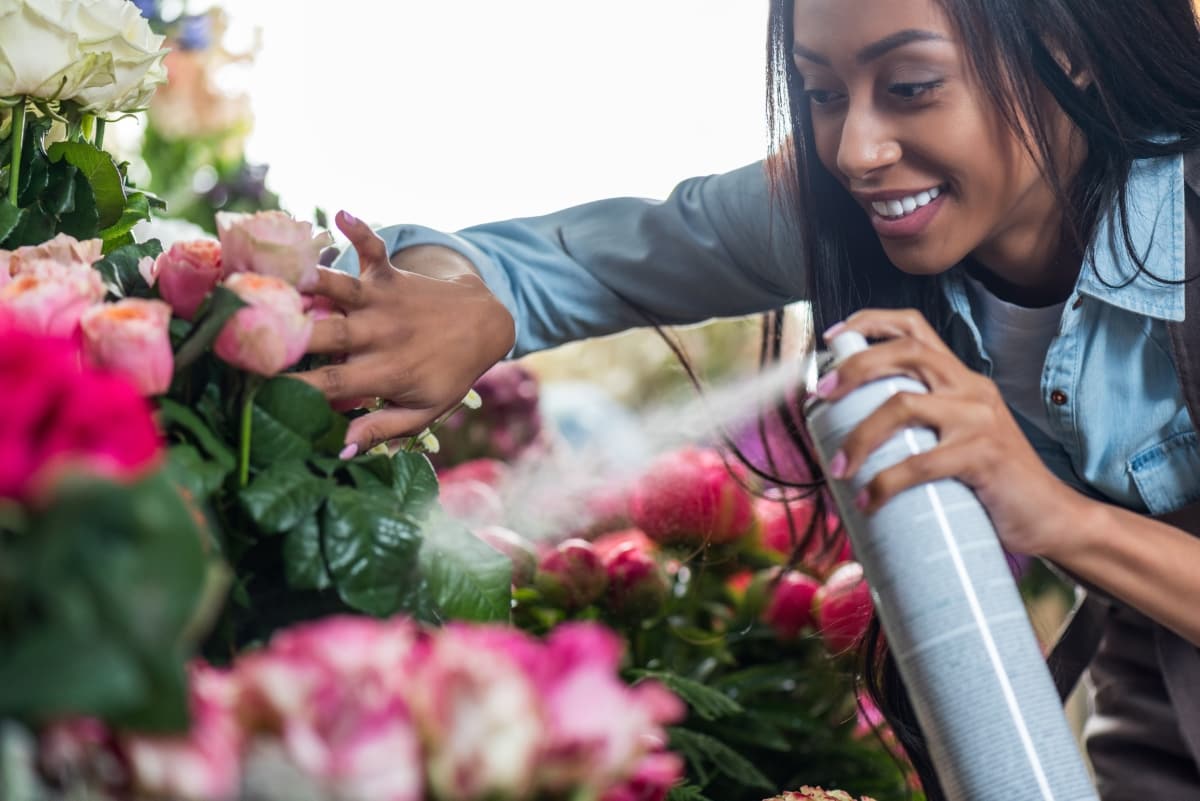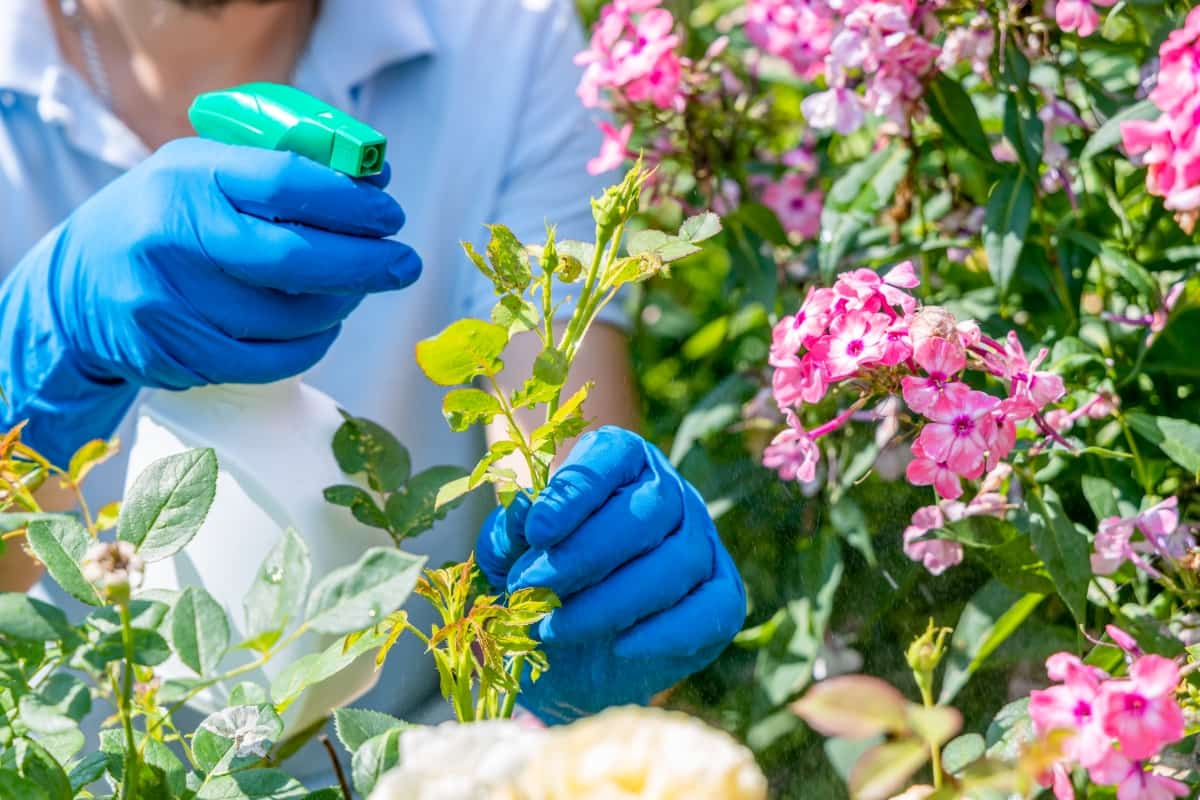Welcome to the Guide to Using Sevin Insect Killer Dust on Flowering Plants! Safeguard your blossoms with Sevin, a potent insecticide. This comprehensive guide provides essential insights on the optimal application of Sevin Dust for flowering plants, ensuring effective pest control without compromising your vibrant blooms. Learn the precise techniques and strategic timing to protect your flowering plants from unwanted pests. Follow this guide to cultivate a thriving garden while maintaining the health and beauty of your cherished flowers.

Sevin Dust on Flowering Plants
Identifying Pest Infestations in Flowering Plants Suitable for Sevin Dust Treatment
Detecting pest infestations in flowering plants involves careful observation of signs such as discolored or distorted leaves, wilting, and abnormal growth patterns. Look for the presence of pests like aphids, mites, or caterpillars, as well as their eggs on the undersides of leaves. Monitor for sticky residues, honeydew, or black mold, indicating sap-sucking insects. Regularly inspect flowers, buds, and stems for physical damage. Additionally, pay attention to any unusual behavior in beneficial insects like ladybugs or predatory beetles.
Step-By-Step Guide: Applying Sevin Dust to Protect Flowering Plants
- Choose a Dry Day: Pick a day when the weather is dry to apply Sevin Dust, as rain can wash it away.
- Wear Protective Gear: Put on gloves, a mask, and long sleeves to protect yourself from the insecticide.
- Identify Pests: Determine the specific pests affecting your flowering plants to apply Sevin Dust strategically.
- Read Instructions: Follow the instructions on the Sevin Dust packaging for the correct application rate.
- Apply Evenly: Sprinkle the Sevin Dust evenly on and around the base of the plants. Avoid excessive application. Avoid applying Sevin Dust to flowers.
- Target Undersides: Apply the dust to the undersides of leaves and other hiding spots of pests.
- Repeat as Needed: Depending on the severity of the pest infestation, you need to reapply Sevin Dust every 7-14 days.
- Monitor Plants: Keep an eye on your plants for any signs of pests or new growth, and adjust your application accordingly.
- Store Properly: Store the remaining Sevin Dust in a cool, dry place away from children and pets.
Determining the Right Time to Apply Sevin Dust on Flowering Plants
The best time to use Sevin on flowers is late afternoon or early evening to minimize harm to pollinators, as they are less active during these times. Check the weather forecast, avoiding application on windy days to prevent drift. Ensure the plants are dry before application to enhance adherence.
Monitor for pest activity and apply Sevin Dust when pests reach a threshold that warrants intervention. Be cautious not to exceed recommended application rates, and wear protective gear. Consider the plant’s sensitivity, as some may be more susceptible to dust application. Always follow product instructions for optimal and safe usage.
Safety Measures for Using Sevin Dust Around Flowering Plants and Pollinators
- Apply Sevin Dust in the evening or early morning when pollinators are less active.
- Avoid application on windy periods to prevent drift onto non-target areas.
- Apply Sevin Dust directly onto affected areas, and avoid applying Sevin Dust to flowers.
- Wear hand gloves, long sleeves, and a mask to prevent skin contact and inhalation.
- Keep a safe distance from flowering plants to prevent direct exposure.
- Refrain from applying Sevin Dust during peak blooming times to protect pollinators.
- If accidental contact occurs, rinse affected foliage with water promptly.
In case you missed it: Guide to Using Sevin Insect Killer Dust for Lawn Pest Control

Effectiveness of Sevin Dust on Common Flower Garden Pests
Sevin Dust, containing carbaryl, is a broad-spectrum insecticide effective against various common flower garden pests. Its effectiveness typically lasts for several days, providing quick control of insects like aphids, beetles, and caterpillars. However, its residual effect may diminish after a week due to environmental factors such as rain and sunlight.
Regular reapplication, following product instructions, is essential for sustained pest management. It is crucial to balance its use with environmentally friendly practices to maintain a healthy garden ecosystem. For optimal results, reapply Sevin Dust every 7-14 days or sooner if rain occurs.
Tips for Even Application of Sevin Dust on Various Flower Species
- Wear protective gear, like hand gloves and a face mask. Choose a calm day to avoid wind dispersal.
- Apply Sevin Dust evenly using a handheld duster, ensuring complete coverage on both sides of the leaves.
- Start from the bottom and work your way up. Focus on areas prone to pests.
- Avoid excessive dusting, as it may harm beneficial insects. Reapply as needed, especially after rain.
- Always follow product instructions, considering the specific needs of each flower species.
- Regular monitoring helps detect pest presence and ensures timely intervention, promoting healthy blooms.
Impact of Sevin Dust on Flower Bloom and Health
Sevin Dust, a widely used insecticide containing carbaryl, can impact flower bloom and health. While effective against pests, indiscriminate use may harm beneficial insects and disrupt the ecosystem. Excessive application can lead to diminished pollination, affecting flower bloom. Moreover, its chemical composition may pose risks to non-target plants, potentially causing stress and reduced overall floral health.
In case you missed it: Pest Management in Red Gram at Flowering Stage: Various Control Methods

To minimize adverse effects, judicious and targeted application is crucial, ensuring the balance between pest control and preserving the vitality of the floral environment. Regular monitoring, alternative methods, and adherence to recommended dosage contribute to a more sustainable and harmonious garden ecosystem.
Precautions to Protect Beneficial Insects and Wildlife in Flower Gardens
- Apply the pesticide sparingly and only where necessary, avoiding blooming plants and pollinator hotspots.
- Time applications to minimize exposure to bees and other beneficial insects during peak foraging hours.
- Consider using alternative control methods, like neem oil or companion planting, to reduce reliance on chemical pesticides.
- Regularly monitor your flower plants for signs of pests and intervene promptly if needed.
- Also, educate yourself on the specific impacts of Sevin dust on non-target organisms and follow label instructions diligently to mitigate potential harm to beneficial insects and wildlife.
Alternatives to Sevin Dust: Organic Solutions for Flower Garden Pest Control
- Consider neem oil, a natural insect repellent that disrupts pests’ feeding and breeding.
- Beneficial insects like ladybugs and predatory nematodes can help control pests by preying on them.
- Diatomaceous earth (DE), a powder from fossilized aquatic organisms, creates a barrier that dehydrates and kills pests.
- Also, companion planting with insect-repelling plants such as marigolds, basil, or chrysanthemums can deter pests.
- Employing homemade garlic or chili pepper sprays can act as effective repellents.
In case you missed it: How to Deal with Japanese Beetles in Flower and Vegetable Gardens

Conclusion
Remember that the goal is not only to control pests but also to preserve the overall health and biodiversity of your garden. Always prioritize the well-being of your plants, beneficial insects, and the environment when using any insecticide. If you have specific questions or concerns about using Sevin Insect Killer Dust on particular flowering plants, it’s advisable to consult with local gardening experts or contact the product manufacturer.
- Deworming Schedule for Dogs/Puppies: A Beginners Guide
- How to Prevent and Control Parasites in Goats
- Beneficial Insects in Pest Management
- Natural Solutions for Pest Control in Flower Gardens
- Types of Fungicides Used in Agriculture
- Common Issues in the Fruit Development Stage of Pomegranate Farming
- Fruit Development Issues in Papaya: Easy Solutions and Treatment
- Soil-Borne Diseases and How to Protect Your Plants
- Practices to Prevent Disease Spread in the Garden